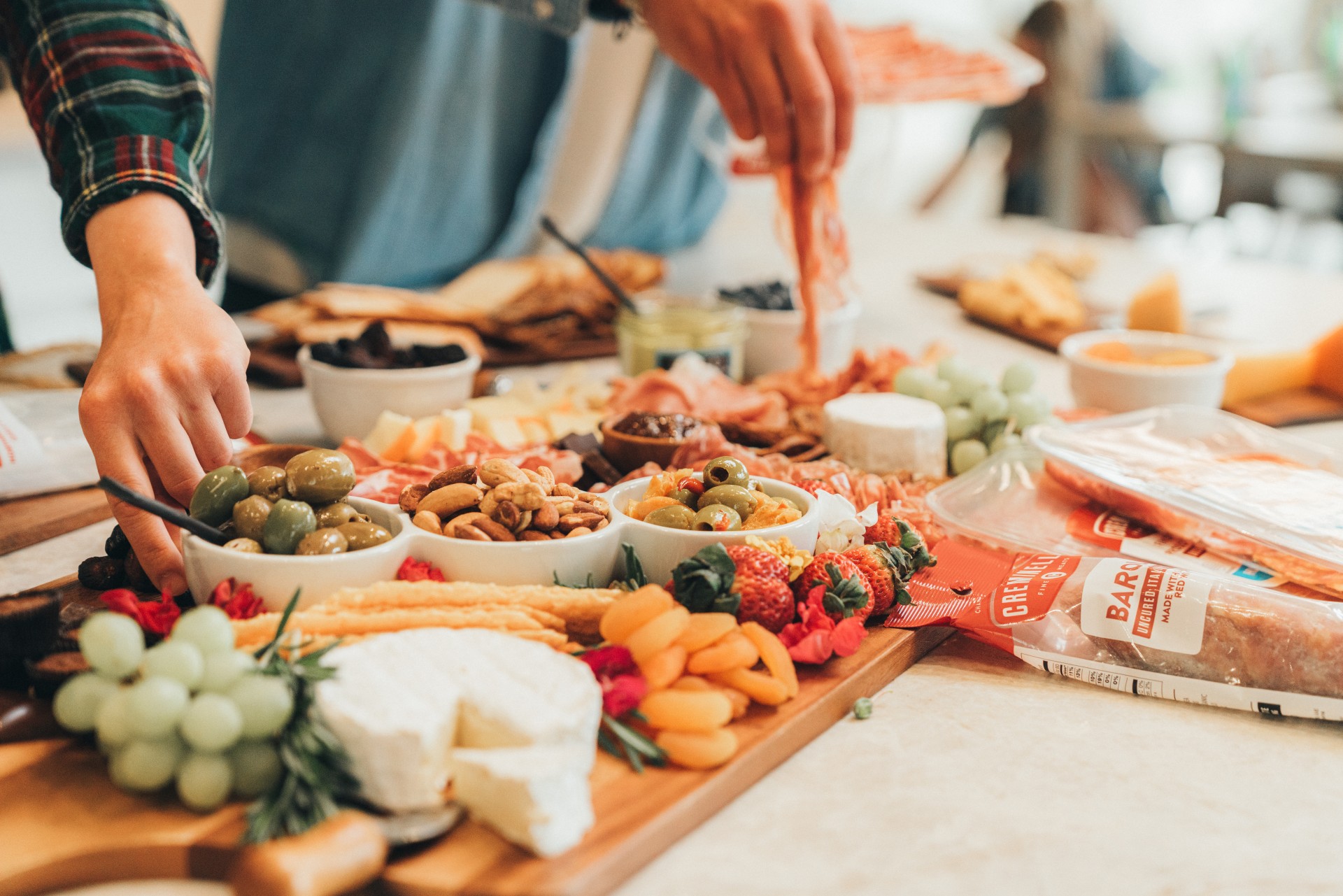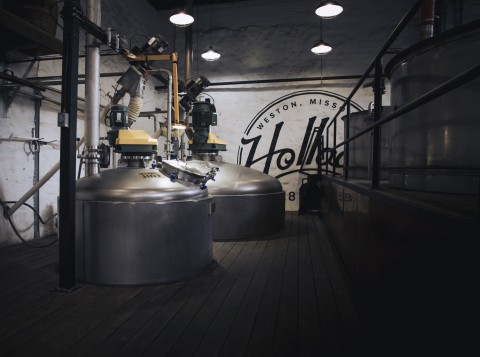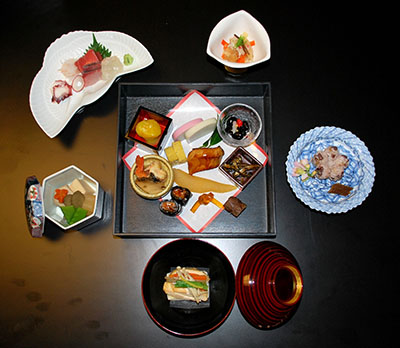Protective clothing designed for the food industry must deliver sufficient protection to meet rigorous safety requirements while keeping workers comfortable. This balancing act can be tricky, but with foodborne illnesses and workplace accidents affecting millions annually, the need for effective and comfortable protective workwear has never been more crucial.
Current Safety Standards in Food Industry Apparel
Food industry workers must adhere to strict requirements for protective clothing such as gloves, aprons, hair nets, face masks, and eye protection. These items serve as crucial protection against accidents and barriers against contamination. Modern standards for optimal protection and hygiene conditions for protective clothing and food service uniforms stem from over a century of food safety legislation beginning in1906 with the Pure Food and Drug Act and the Federal Meat Inspection Act.
In the USA today, these standards are primarily enforced by the Food and Drug Administration (FDA), the Food Safety and Inspection Service (FSIS), and the Center for Disease Control and Prevention (CDC). The FDA is the primary authority, further reinforced by industry- guidelines such as DIN 10524 for hygiene and BRCGS FOOD for quality standardization. The FSIS operates under the USDA and provides additional oversight for high-risk food processing environments such as meat, poultry, and egg product facilities. Examples of current requirements for protective apparel in the food industry include:
- Material Specifications: Workwear fabric should be a durable polyester/cotton blend that is white or light-colored for easy visual detection of soiling.
- Garment Construction Standards: Laboratory coats and jackets must be long enough to cover trouser side pockets.
- Pocket Implementation: The placement and type of pockets are categorized according to hygiene risk levels, with pockets completely prohibited in extremely high-risk RC3 environments such as sandwich assembly areas in manufacturing facilities or other areas where food products are handled after cooking but before final packaging. In low-risk RC1 food environments such as ambient temperature warehouses or food retail areas, flap-covered pockets are allowed.
- Sleeve Requirements: Long sleeves with adjustable cuffs are mandatory across all risk categories to maintain appropriate safety barriers between food products and worker skin contact.
- Design Safety Protocols: The garment design explicitly prohibits potentially hazardous foreign material contamination hazards.
Emerging Fashion Trends in Protective Apparel
Significant innovation through smart textiles and technology integration means that modern fabrics can now monitor information such as temperature and moisture levels to provide real-time feedback. Modern smart textiles are already beginning to evolve beyond simple temperature and moisture monitoring. These innovative fabrics can now detect and measure a wide array of physiological parameters through piezoelectric fibers, electrochemical sensors, and flexible electronics seamlessly woven or embedded into the structure of the fabric.
Aside from technological trends, work clothing has a definite trend towards blending protection with style. After all, what chefs wear in kitchens these days is quite different than it was 20 years ago. Safety clothing is evolving, and urban-inspired elements with ergonomic design are being adopted to create a perfect balance between style and functionality. In addition, there is a clear trend in inclusive design approaches rather than traditional gender-specific styles with a more tailored, fashionable look.
Balancing Safety and Style: Key Considerations
Meeting current safety regulations is an absolute minimum requirement, and successful companies will strive to exceed current regulatory requirements significantly. But it isn’t just about meeting regulations; creating an environment where workers feel comfortable is essential, too. The most effective protective clothing policy has to strike a professional balance between robust safety features and comfort, ensuring workers will be happy to wear their protective gear and comply with safety standards.
When workers feel good in their protective apparel, they’re more likely to wear it consistently, which has made custom embroidery and other branding elements increasingly popular. The key to striking this balance is understanding that modern protective workwear can be functional, fashionable, and comfortable. The days of bulky, uncomfortable protective clothing are long gone.
Case Studies: Successful Integration of Safety and Fashion
The evolution of protective workwear from purely functional to fashionable and comfortable has been pioneered by organizations such as ENGIE and UZ Ghent Hospital, who have proven that work uniforms can be protective and stylish. Other notable success stories include the transformation of Damen Shipyards’ maritime wear, which demonstrates how modern workwear can simultaneously satisfy all safety requirements and still be popular with employees thanks to being stylish and comfortable to wear for long periods.
These companies have shattered the old paradigm of clumsy, drab, and uncomfortable safety wear, and the results are higher compliance rates and improved worker satisfaction.







